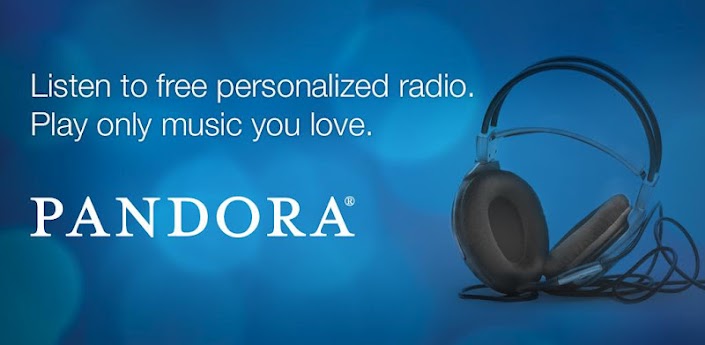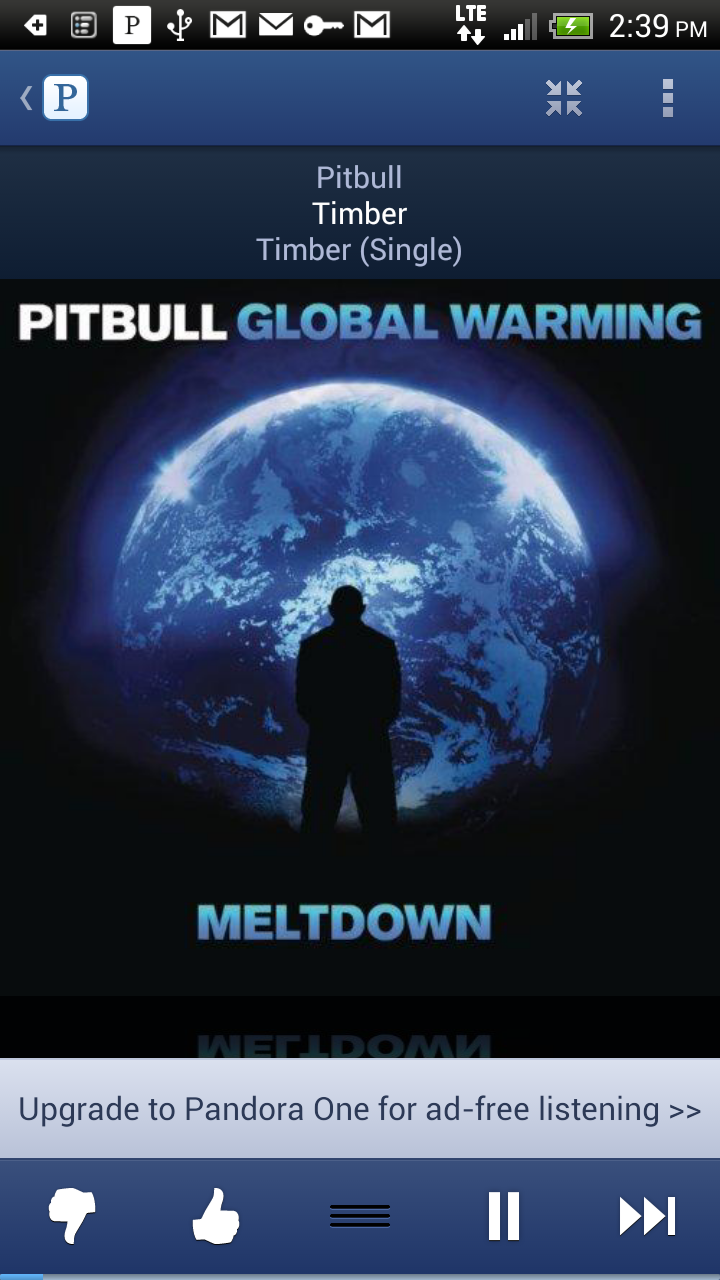
The company spent years developing its Music Genome Project music recommendation engine to help people find new songs and artists similar to their existing tastes in music.
PANDORA RADIO FOUNDED LICENSE
“At that time the four labels didn't want digital music to really exist, but we found this one piece in internet radio where there was the statutory license that, I felt, gave the potential to create a business of value and avoid this phenomenon one board member referred to as an organ donor business - where you just exist to funnel money to the major record labels.”Īs a quick background, Savage Beast Technologies was founded in 1999 by Tim Westergren and would later become Pandora.

“It was already clear to us that most of digital music was a disaster from a business standpoint,” said Former Pandora CEO Joe Kennedy. Radio was the path to profitability in the music industry. Behind the scenes, the magic was in how Pandora was able to provide access to all these songs, without asking the major labels for permission.įor Joe Kennedy, Tim Westergren, Jessica Steel, and Tom Conrad, the four Pandora executives leading the company's rebirth as a digital broadcaster in 2004, this was the only path forward. On the surface, at the listener level, the magic was in how all the songs were linked and connected. People could type in a song or artist they liked and get a never-ending stream of related music. It was the first real introduction to digital streaming music for a lot of America’s population in the mid-2000s. Pandora’s personalized radio service took the FM listening experience, put it online, and exploded the typically narrow path to music discovery for millions of people. Pandora would win that battle, but in doing so, it also found itself stuck with a business model that could not evolve alongside the streaming space. The solution was the radio model of music licensing, a brilliant strategy at the time, but one which would be the subject of a long fight between Pandora and the recording industry. To take on this legal and lobbying juggernaut, Pandora needed a clever strategy to avoid the kind of head-on fights that had sunk Napster. It was, however, an innovator in digital music at a time when the major labels were hostile to the entire concept and would fight on every front to preserve the lucrative of the compact disc era. Once again, Pandora will be the one to beat.It's not that Pandora was oblivious to its competition, or complacent about its place in the industry. If there’s no local ad push, then returning to Australia would appear to be a low cost play for Pandora compared to some of its rivals.
PANDORA RADIO FOUNDED UPGRADE
Pandora’s business model for Australia appears to be mainly around persuading subscribers to upgrade from the free service to the higher streaming quality of Pandora One for $3.99 a month or $36 a year. The question of course will be, how many of those will make it. Since then of course we’ve seen the likes of Rdio, Spotify, Vevo and Telstra’s MOG, with more on the way. Last time round – until that painful day in 2007 when they switched off the service in Australia for contractual reasons – I began to get the distinct impression that Pandora thought I only listened to the Ramones. Right now, I hear the first few bars of Sympathy For The Devil ( happy 50th anniversary for Thursday, boys) rising.Īctually, at first impression, either the catalogue has widened or the algorithm has improved. The Killers, The Smiths and The Beatles were the first three welcome choices it threw at me.


I’m delighted (and slightly freaked out by the way that the internet forgets nothing) to see that Whole Of The Moon radio is fully intact and hasn’t even gathered dust.

You tell it a few tracks you like, and it builds a radio station around your tastes. For me, this was always the service to beat.


 0 kommentar(er)
0 kommentar(er)
